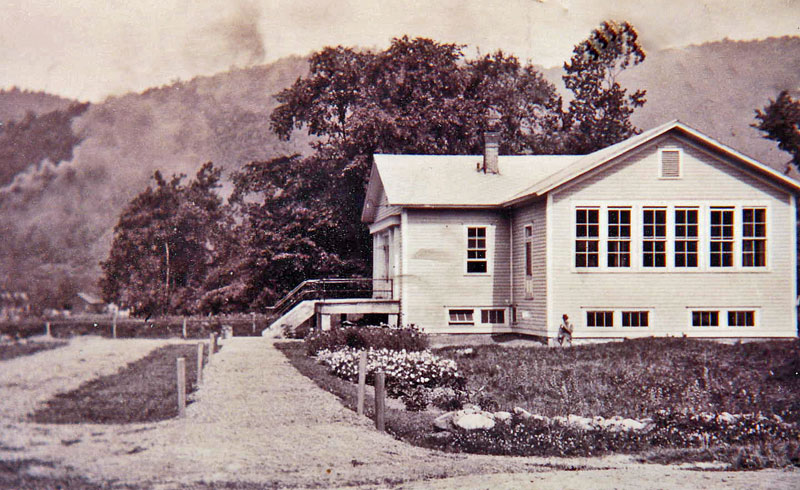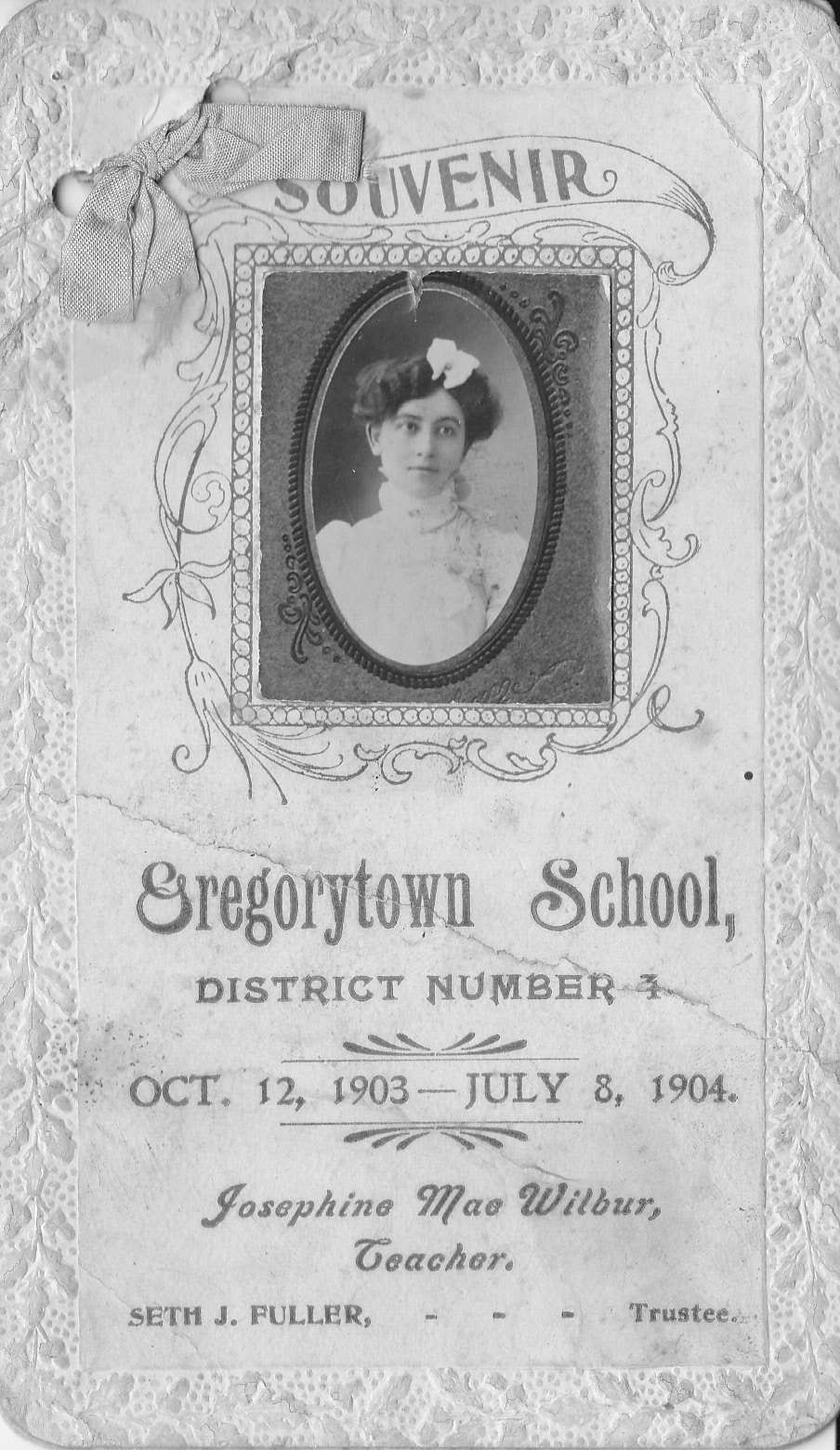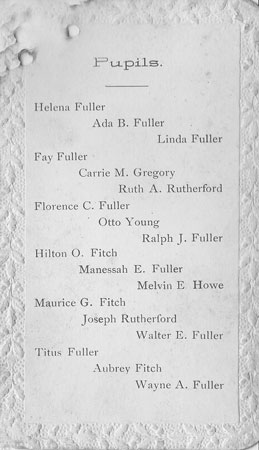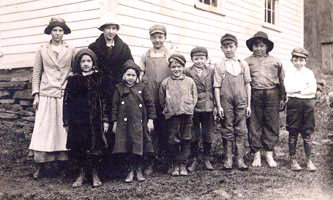|
Corbett Corbett was formerly known as the Daniel Campbell farm or Campbell Flats. This one hundred and sixty-seven acre property was later sold to Bryon G. Landfield and then again to the Corbett and Stuart Corporation in early 1912. After the Delaware and Northern railroad came through the area the Landsfield farmhouse was turned into a boarding house. and was operated by the Denio family. The Delaware and Northern brought people closer to their markets and made travel throughout the region much easier. Campbell Flats was located in an ideal location, close to the Delaware River with large tracts of forestlands that could provide the raw materials that manufacturers needed, as well as the new train lines to move these products to market. When the Delaware and Northern railway station opened in 1912 it was named after Merritt J. Corbett and the Campbell Flats name was changed to Corbett. In 1892 Julius S. Corbett, his son Merritt J
Corbett and their wives along with John L. Stuart and his wife Nettie
Corbett Stuart (Julius's daughter) incorporated under the name of Corbett
and Stuart. The Corbett's owned large tracts of land in Pennsylvania
and New York and were involved in the lumber business. John L Stuart
had learned the acid factory business from his father and his
knowledge lead to a successful partnership. Soon after the
incorporation they began buying or leasing timberlands in Colchester
Township. They built acid factories in Harvard, Centerville, Morris
Brook, and Baxter Brook. Corbett and Stuart bought all of the
Landfield property and began plans to build their largest operation at
that location. A grinding mill for milling charcoal was also part of the complex at Corbett. Elevators took the charcoal to the second floor where it was screened and sized and then the sorted product was returned to the first floor for sacking. During World War I the acid factory operated twenty-four hours a day to keep up with the demand for acetic acid which was a main ingredient in smokeless gun powder. The factory was built to have capacity to process one hundred and twenty cords of four foot wood per day. The Corbett acid factory supported many woodcutters ,teamsters and later truck drivers to transport the wood to their factory The first houses build were up Campbell Brook, the second group of houses were built in the early 1920's a total of forty-six houses were built to house the factory workers and their families. The original factory houses were provided rent free for the workers as well free wallpaper and paint and firewood.
The company store was built in 1912 and it also housed a Post Office, telegraph office, and train station. A freight house was built on the rear of the store. A Johnson and Rhodes stone dock was located near the railroad spur. An apartment for John L. Stuart was built above the store in 1912. John and his grown sons, Merritt and Leonard moved to the store apartment just as the mill town was being built. John L. Stuart was a very religious man and encouraged his workers and their families to attend religious services first in his apartment and then in the school building after that was constructed. The corporation had a close business relationship with D&N Railroad and maintained three miles of rail sidings at the factory
The Corbett and Stuart company acid factory operated until 1934. The
Corbett and Stuart Corporation descendants maintained ownership of
the property after the factory closed and the residents continued to rent
their homes. The Daily Star reported in 1978 that, "When Bula Stuart
decided to sell Corbett, in part because she couldn't afford to install
the required water and sewer systems, state health laws prevented her from
breaking up the property and selling it in parcels. School In 1939 the Downsville School District centralized and Corbett voted to join the consolidation and the grade school closed in 1940. The building continued to be used as a community and social center.
Early Settlers Schools
|










